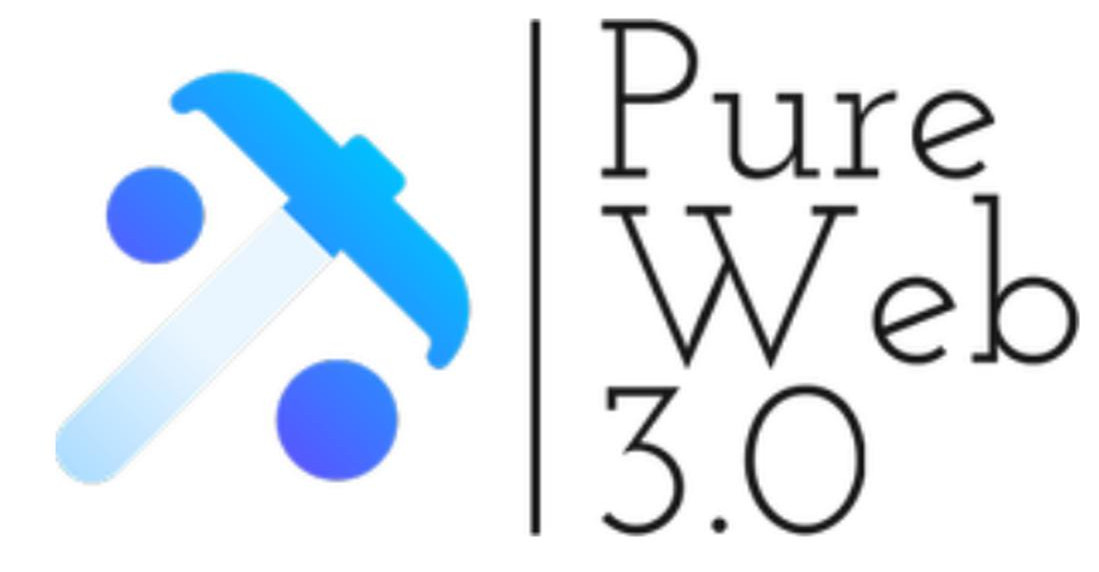66% of healthcare executives say their organizations' investment in digital technology models will increase over the next three years. Source: Rubix LS/twitter
Metaverse is an emerging technology that opens up profitable opportunities, where people can use different devices to navigate and communicate in a virtual environment. This world is a digital space, taking a virtual character, through the use of virtual reality (VR), augmented reality (AR) and artificial intelligence (AI).
The healthcare sector is beginning to use this technology in patient education, surgery, mental health, medical marketing and treatment, paving the way for a new way of providing medical service.
People who trust emerging technology are encouraging the transition of healthcare to metaviruses, and similarly, the impact of the COVID-19 pandemic has prompted the general public to adopt certain technologies, according to Jack Latus, CEO of online healthcare provider Latus Health.
Here are three ways healthcare is being transformed by the rise of metaviruses.
Remote Presence
Medical telepresence, which helps people feel like they're present in a remote location, can provide a level of visual and audio clarity that can be even real. This technology allowed the creation of robots that can help patients outside hospitals, help doctors and nurses, and can be controlled from anywhere through computers or smartphones.
These robots enable medical professionals to consult with patients without being physically present because distance is not an obstacle in the metaphysical world, according to the IFR. This also allows consultation from anywhere in the world only with VR headsets, which can give real-time vital patient data such as heart rate, body temperature and blood pressure.
Mixed reality can provide 3D superimposed views of preoperative images such as MRI and CT scans.
Remote robot technology appeared in the world of health care years ago, but its heavy use occurred only when the pandemic broke out, as robots were assigned the tasks of sterilizing patient rooms and delivering medicines and supplies to reduce the risk of infection.
For example, in 2020 it brought six types of robots to Wuhan, China, to help with basic tasks for patients. Also, California-based company Dignity Health began using robots to rapidly diagnose stroke patients in 2013.
Also, Amana Specialized Healthcare Company in the UAE in 2016 provided a remote attendance robot service for patients and employees through a partnership with VGo Communications, an American company that develops markets and visual communication solutions for healthcare, where patients, family members, and health professionals can command the robot and interact from Through the integrated video and audio.
The market size for medical telepresence robots is estimated to be $39.38 million in 2020, and the worldwide telemedicine robots market is expected to grow at a compound annual growth rate (CAGR) of 18.5% from 2021 to 2028, according to Grand View Research. Research.
Digital Twins
Dual digital technology provides a copy of health care tools, people, and systems that simulates health care data, including hospital environment, human physiology, and laboratory results through computer models. Digital twins are used to model the organs, physiology and genetics of individuals to create personalized medicine and treatment plans.
66% of healthcare executives surveyed by Accenture in 2022 said their organizations' investment in digital technology models would increase over the next three years.
Also, France-based startup NUREA developing AI-based duplex digital imaging software for cardiovascular surgeons has developed a technology that enables automated 3D reconstruction of duplex models of a patient's digital blood vessels via computed tomography angiography. Surgeons use this technique to visualize the development of an aortic aneurysm using engineering data.
US startup Predictiv predicts the occurrence of genetic disorders in a person by using digital twins based on DNA through an individual's fingernails to extract DNA and develop digital twins. The company provides a genetic risk report, preventive and personalized healthcare plans based on DNA findings.
In 2020, Tommaso Mansi and his research team at Siemens Healthineers created a digital cardiac twin, a computer-based mathematical representation of a patient's heart. The idea is to allow clinicians to employ predictions about the digital twin in real time, which could increase the number of patients who could benefit from the treatment.
Customers Service
As part of the UAE government's digitization initiative, the Ministry of Health and Prevention (MOHAP) launched the first customer service center with Metaverse technology at Arab Health 2022, which was held from January 24-27.
The ministry explained that the service aims to support people who cannot change their location to obtain a service, then customers can request information, submit documents and pay fees with their real faces displayed in the virtual room instead of avatars through the new service.
Healthcare services around the world, including Aimedis (the company operating in the Netherlands, Dubai and the Philippines) are on the way to adopting metaverse technology, providing hospital chains with the technology for the first time in the Middle East. The hospital's virtual ecosystem includes treatments, consultations, rehabilitation courses and education. Aimedis was at Arab Health 2022, where people experimented with healthcare service presentation with new technology.
To maintain the decentralized structure of the system, the blockchain is at the heart of the technology architecture. The blockchain will ensure that the data, databases, and decentralized accounts are all completely trustworthy and that only the inhabitants of the metaverse are in control of everything in the virtual world.



